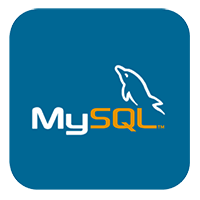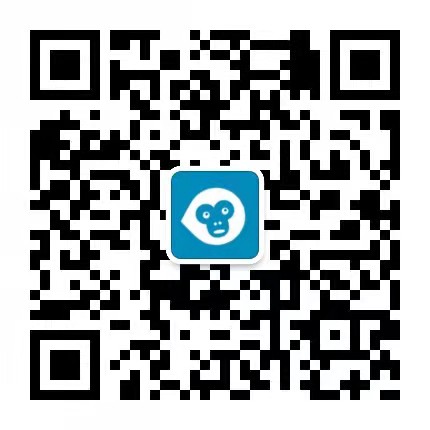本文将介绍怎样使用 HttpComponents 发起一个 Get请求,使用 Get请求去获取数据,以及携带参数给服务端。
本文将通过实例来讲解如何通过 HttpComponents 发起一个 GET 请求。在开始之前,我们需要引入 maven 依赖。如下:
<dependency>
<groupId>org.apache.httpcomponents</groupId>
<artifactId>httpclient</artifactId>
<version>4.5.2</version>
</dependency>
实例代码如下:
package com.huangx.httpcomponents;
import org.apache.http.HttpEntity;
import org.apache.http.HttpResponse;
import org.apache.http.client.HttpClient;
import org.apache.http.client.methods.HttpGet;
import org.apache.http.impl.client.DefaultHttpClient;
import java.io.BufferedReader;
import java.io.InputStream;
import java.io.InputStreamReader;
/**
* 使用 HttpComponents 发起 GET 请求
* @author huangxin 2019/12/2
*/
public class GetDemo {
public static void main(String[] args) throws Exception {
// (1) 创建HttpGet实例
HttpGet get = new HttpGet("https://127.0.0.1:8080/env/list");
// (2) 使用HttpClient发送get请求,获得返回结果HttpResponse
HttpClient http = new DefaultHttpClient();
HttpResponse response = http.execute(get);
// (3) 读取返回结果
if (response.getStatusLine().getStatusCode() == 200) {
HttpEntity entity = response.getEntity();
InputStream in = entity.getContent();
BufferedReader reader = new BufferedReader(new InputStreamReader(in));
String line;
while ((line = reader.readLine()) != null) {
System.out.println(line);
}
reader.close();
}
}
}上面实例将使用 GET 获取 https://127.0.0.1:8080/env/list 地址的内容。如果返回的状态码(Status Code)等于200,则通过流读取返回的内容。
公共广告位-后端
实例2:下面通过 URIUtils 创建一个 URI,而不是直接给出 URL 地址。实例代码如下:
package com.huangx.httpcomponents;
import org.apache.http.HttpEntity;
import org.apache.http.HttpResponse;
import org.apache.http.client.HttpClient;
import org.apache.http.client.methods.HttpGet;
import org.apache.http.client.utils.URIUtils;
import org.apache.http.impl.client.DefaultHttpClient;
import java.io.BufferedReader;
import java.io.InputStream;
import java.io.InputStreamReader;
import java.net.URI;
/**
* 使用 HttpComponents 发起 GET 请求
* @author huangxin 2019/12/2
*/
public class GetDemo2 {
public static void main(String[] args) throws Exception {
// (1) 创建HttpGet实例
URI uri = URIUtils.createURI("http", "127.0.0.1", 8080, "/env/list", "", null);
HttpGet get = new HttpGet(uri);
// (2) 使用HttpClient发送get请求,获得返回结果HttpResponse
HttpClient http = new DefaultHttpClient();
HttpResponse response = http.execute(get);
// (3) 读取返回结果
if (response.getStatusLine().getStatusCode() == 200) {
HttpEntity entity = response.getEntity();
InputStream in = entity.getContent();
BufferedReader reader = new BufferedReader(new InputStreamReader(in));
String line;
while ((line = reader.readLine()) != null) {
System.out.println(line);
}
reader.close();
}
}
}实例3:下面实例通过 URL 传递参数,例如:https://127.0.0.1:8080/env/getEnv?key=classpath, 该URL将传递一个 key 参数给服务端。代码如下:
package com.huangx.httpcomponents;
import org.apache.http.HttpEntity;
import org.apache.http.HttpResponse;
import org.apache.http.client.HttpClient;
import org.apache.http.client.methods.HttpGet;
import org.apache.http.client.utils.URIUtils;
import org.apache.http.impl.client.DefaultHttpClient;
import java.io.BufferedReader;
import java.io.InputStream;
import java.io.InputStreamReader;
import java.net.URI;
/**
* 使用 HttpComponents 发起 GET 请求
* @author huangxin 2019/12/2
*/
public class GetDemo3 {
public static void main(String[] args) throws Exception {
// (1) 创建HttpGet实例
URI uri = URIUtils.createURI("http", "127.0.0.1", 8080,
"/env/getEnv", "key=classpath", null);
HttpGet get = new HttpGet(uri);
// (2) 使用HttpClient发送get请求,获得返回结果HttpResponse
HttpClient http = new DefaultHttpClient();
HttpResponse response = http.execute(get);
// (3) 读取返回结果
if (response.getStatusLine().getStatusCode() == 200) {
HttpEntity entity = response.getEntity();
InputStream in = entity.getContent();
BufferedReader reader = new BufferedReader(new InputStreamReader(in));
String line;
while ((line = reader.readLine()) != null) {
System.out.println(line);
}
reader.close();
}
}
}上面实例将向服务器发送一个 key 参数,然后将查询的结果输出到控制台。
学习知识要善于思考,思考,再思。我就是靠这个方法成为科学家的。 —— 爱因斯坦






